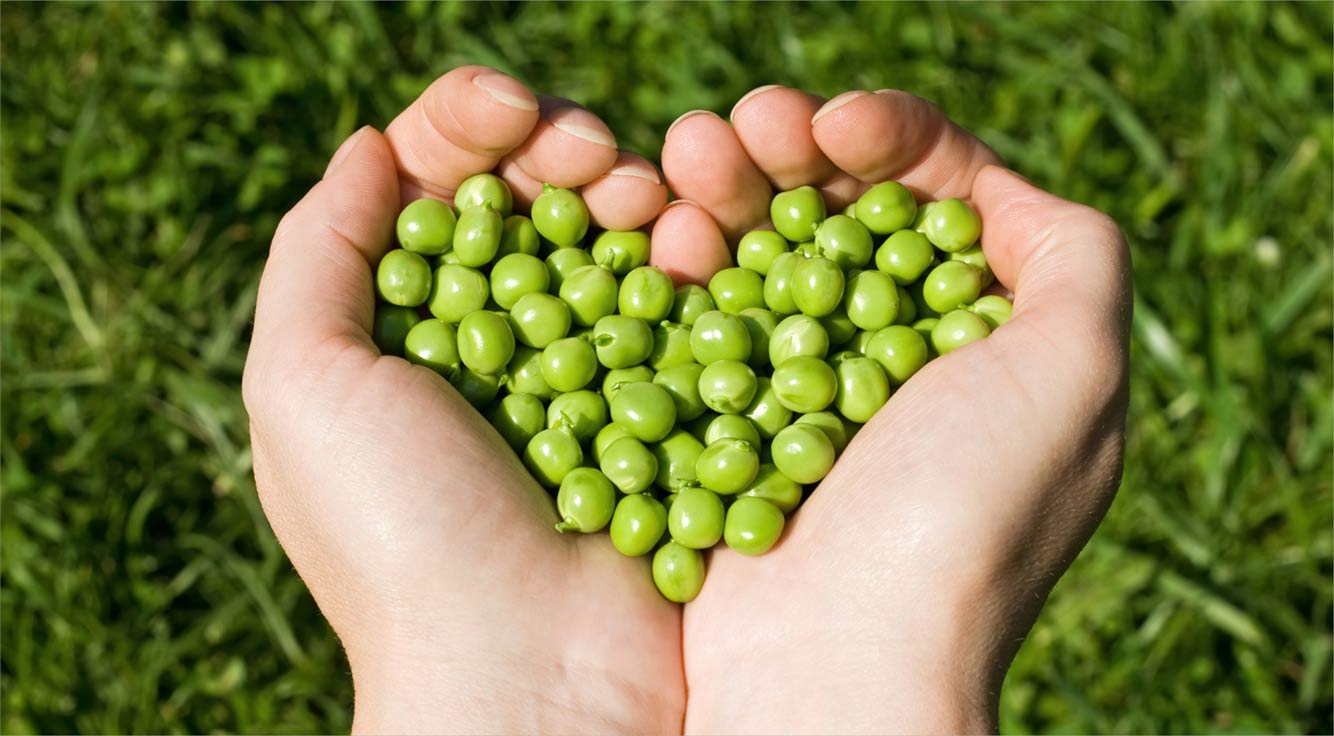
Easy ways to pack protein into your plant-based diet
It’s hard to miss all the buzz around eating protein these days — especially how it can help some people achieve and maintain a healthy weight.
There’s no question that a healthy eating plan should include plenty of protein. It’s an essential nutrient your body needs to build and repair tissues. It’s in all your cells, from hair and nails to enzymes and hormones, as well as nerves, muscles, bones, and blood. And there’s a growing body of research suggesting that protein can help regulate metabolism.
While carbohydrates and other nutrients can be stored in your body for later use, protein can’t be held in reserve. So it’s a good idea to consume foods with protein throughout the day. But how much protein should you eat? How often? Most importantly, where should that protein come from?
How much protein do you really need?
If you’re worried that you’re not getting enough protein, chances are you don’t need to be. In fact, most Americans get more than they actually need.
The National Academy of Sciences has set a Dietary Reference Intake (DRI) of 45 grams of protein per day for a healthy woman and 52 grams per day for a healthy man. According to surveys, our average intake is about 75 grams a day for women and about 100 grams for men.
Eating extra protein without exercising won’t help build muscle mass, either. In fact, a diet that’s more than 30% protein can cause health problems for people with conditions like kidney disease. And as with other nutrients, protein means calories — and too many can lead to unwanted weight gain. So it’s wise to stick to the recommended daily amounts.
Vegetables pack a powerful punch
Some people tend to avoid a plant-based or vegetarian diet because they’re concerned about not getting enough of this vital nutrient. But eating more protein doesn’t always mean eating more meat and dairy. It can also be found in a variety of plant-based options.
A cup of cooked green peas provides almost 9 grams of protein, and black beans contain about 15 grams. Beyond beans, protein is plentiful in just about any kind of vegetable or fruit. Spinach or rice also deliver good amounts. In general, vegetables have enough protein content to meet your daily requirements, no matter how you mix and match them — as long as you’re getting enough calories.
Need a quick reference for meal planning? Here are some common plant-based foods, with typical portion sizes and grams of protein per portion.*
| Plant-based food |
Portion size | Grams of protein |
| High protein: | ||
| Almonds, roasted | ½ cup | 14 |
| Black beans, pinto beans, lentils, cooked | ½ cup | 7-10 |
| Peanuts, dry-roasted | ½ cup | 18 |
| Peanut butter, smooth, with salt | 2 Tbsp | 7 |
| Soy beans, cooked | ½ cup | 14 |
| Split peas, cooked | ½ cup | 8 |
| Tempeh | ½ cup | 15 |
| Tofu | ½ cup | 20 |
| Medium protein: | ||
| Artichoke, cooked | 1 medium | 3 ½ |
| Broccoli | 1 cup | 4 ½ |
| Brown rice, cooked | 1 cup | 5 ½ |
| Cauliflower | 1 cup | 3 |
| Chard, cooked | 1 cup | 3 |
| Coconut, raw, shredded | 1 cup | 2 ½ |
| Figs, dried | ½ cup | 2 ½ |
| Oatmeal, cooked | 1 cup | 6 |
| Peas, frozen | ½ cup | 3 |
| Spinach, cooked | 1 cup | 5 |
| Sweet corn | 1 ear | 3 |
| Sweet potato, baked | 1 cup | 4 ½ |
| Yam, boiled | 1 cup | 2 |
| Low protein: | ||
| Cantaloupe | 1 cup | 1 ½ |
| Mango, fresh | 1 cup | 1 |
| Mushroom, white or brown, fresh | ½ cup | 1 |
| Orange, raw | 1 cup | 1 ½ |
| Potato, baked | ½ cup | 1 ½ |
Everything in moderation
Balance is key to a healthy diet. While protein has certain nutritional advantages over refined carbohydrates like white bread and sweets, it’s still important to combine protein with other macronutrients like fat and complex carbs.
To help achieve this balance while keeping your diet diverse, choose nutrient-rich protein sources low in saturated fat and processed carbohydrates. And if you’re considering a high-protein diet (or any kind of eating plan), check in with your healthcare provider before making any major changes.
*USDA National Nutrient Database for Standard Reference Legacy Release, April 2018.





